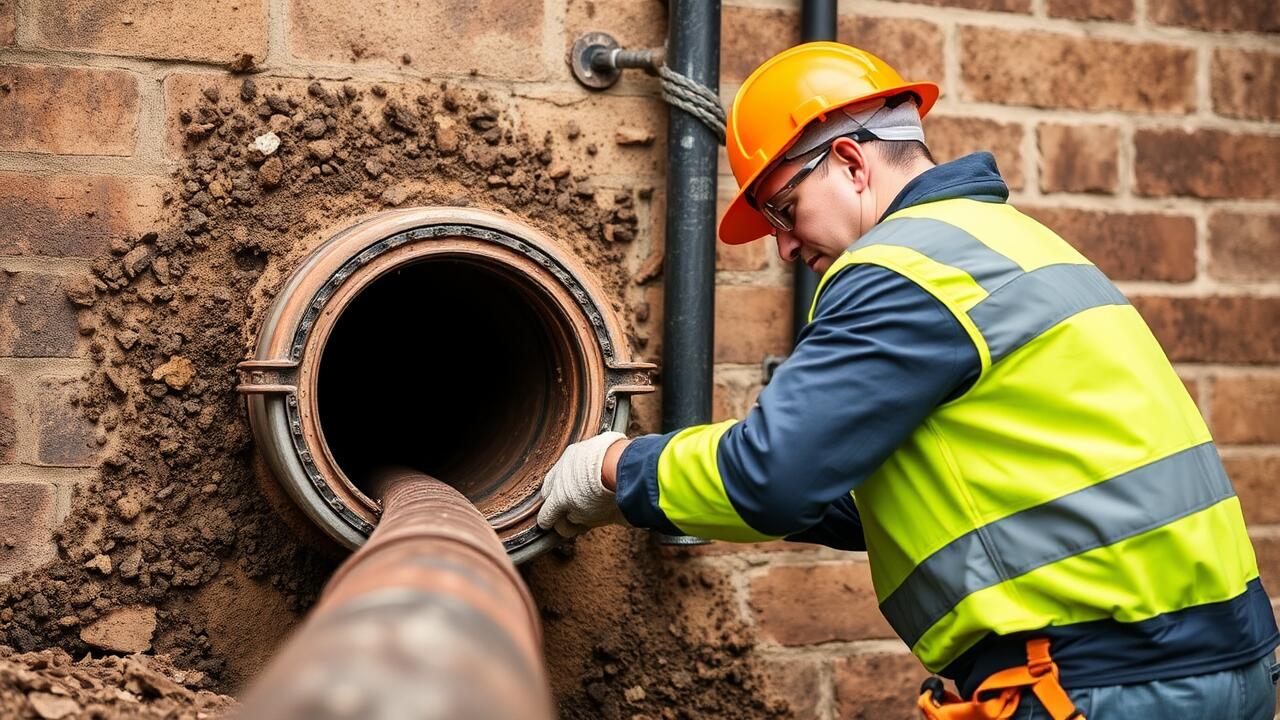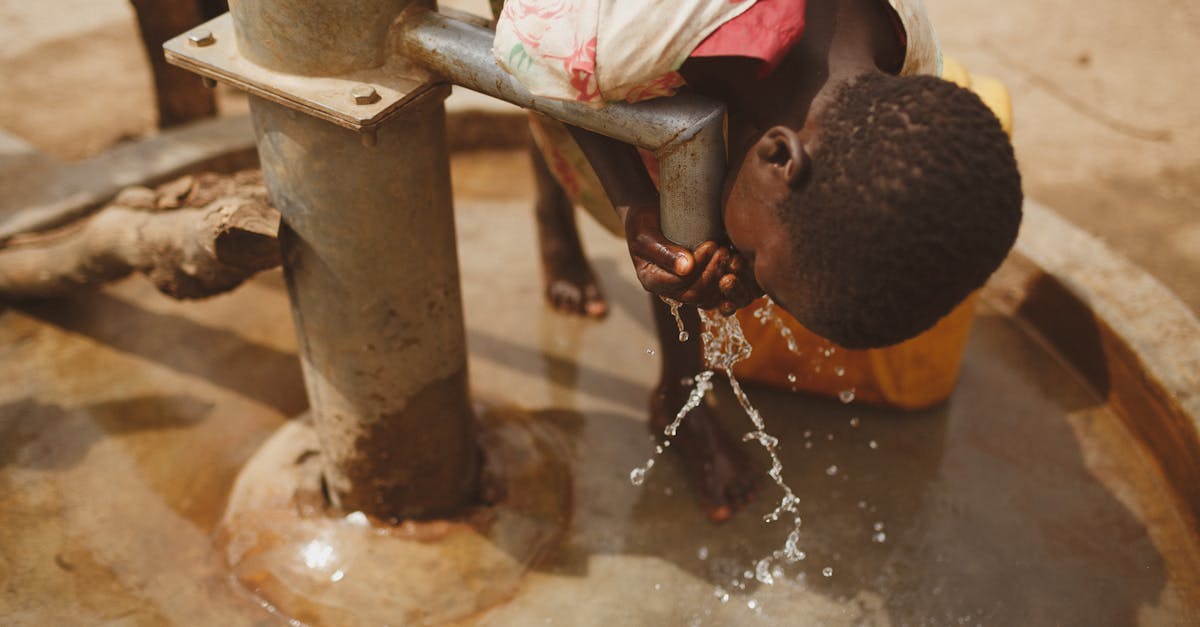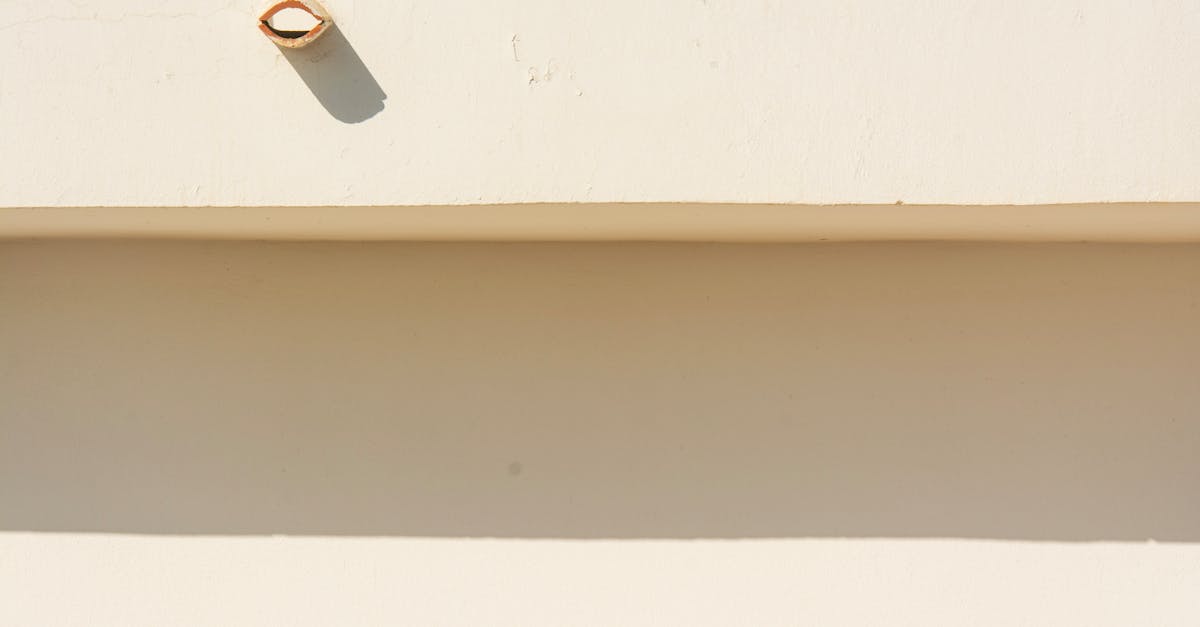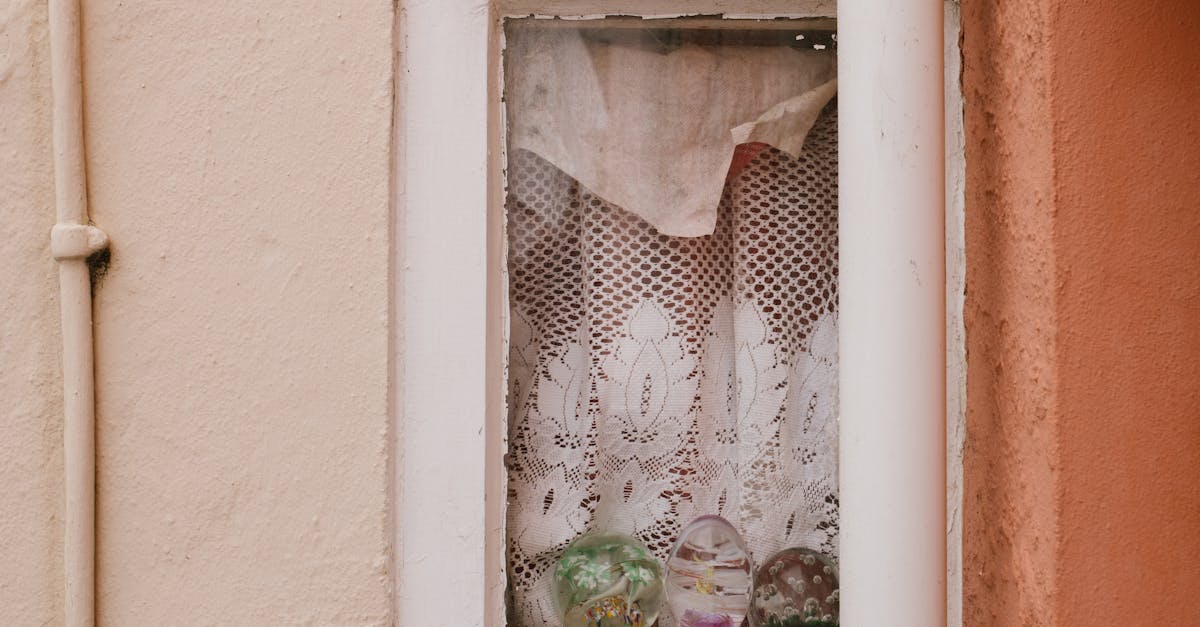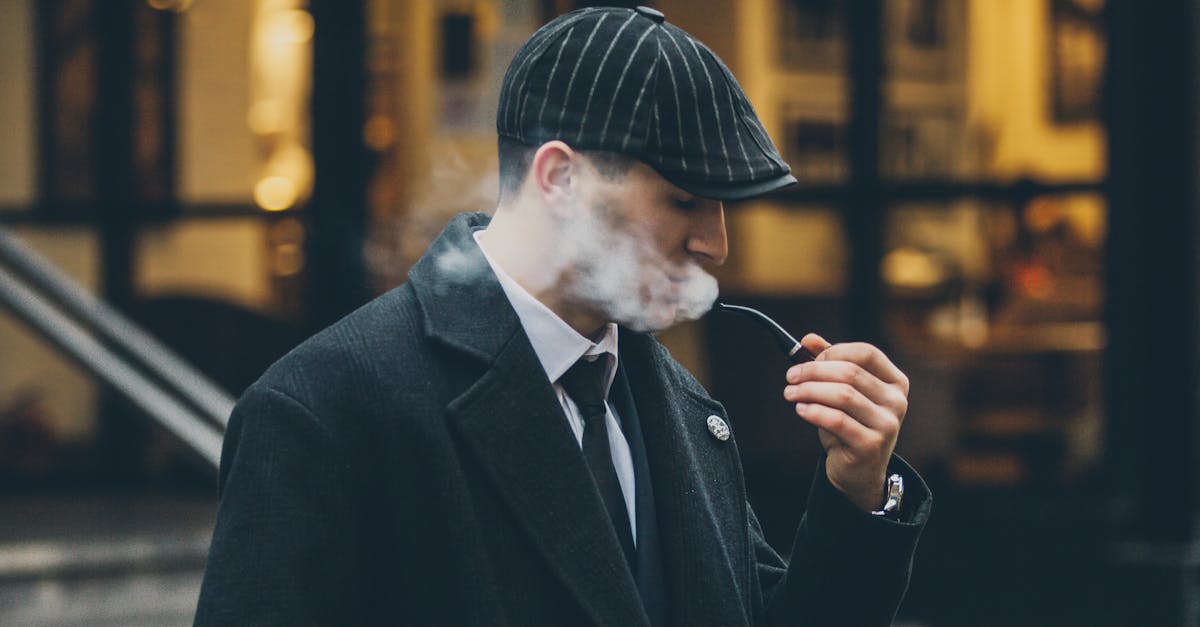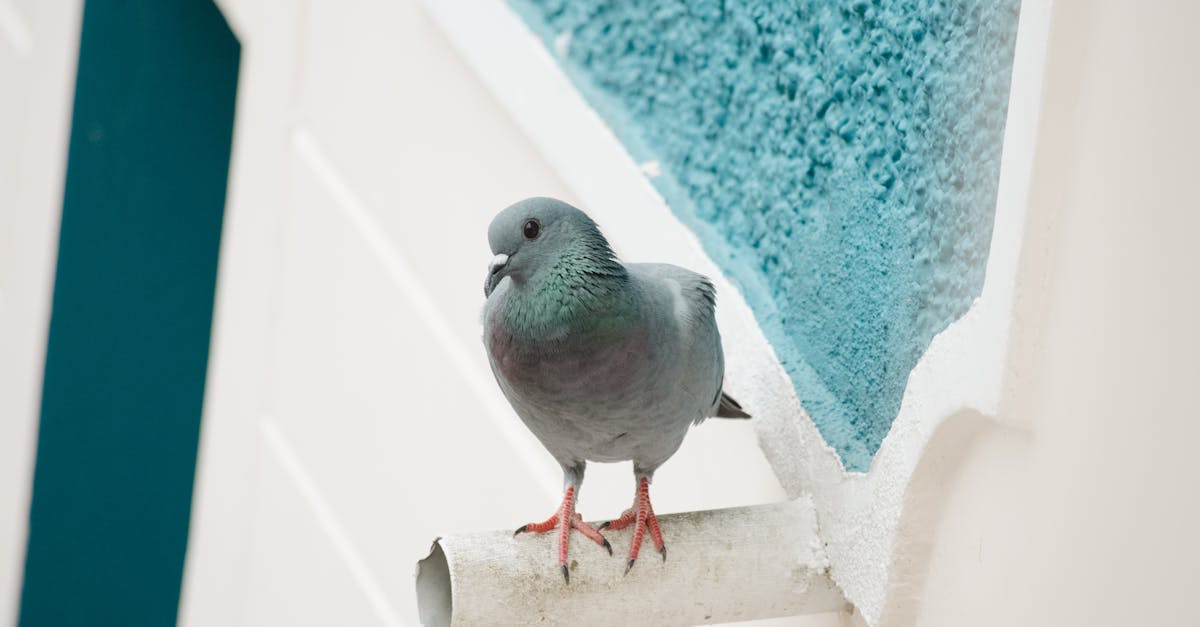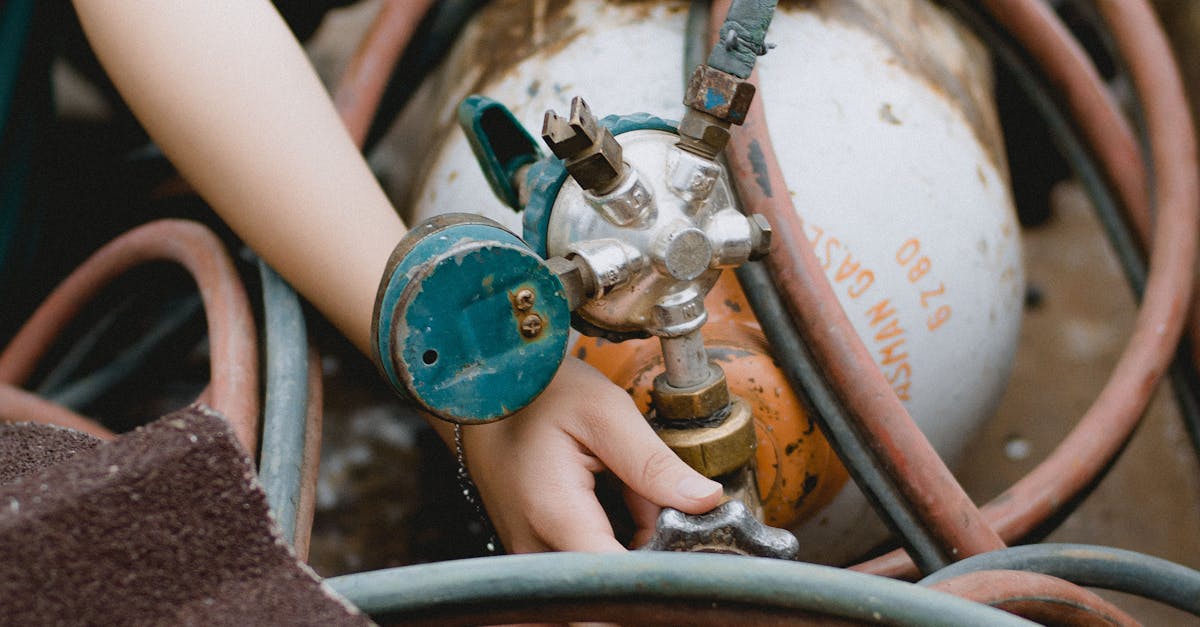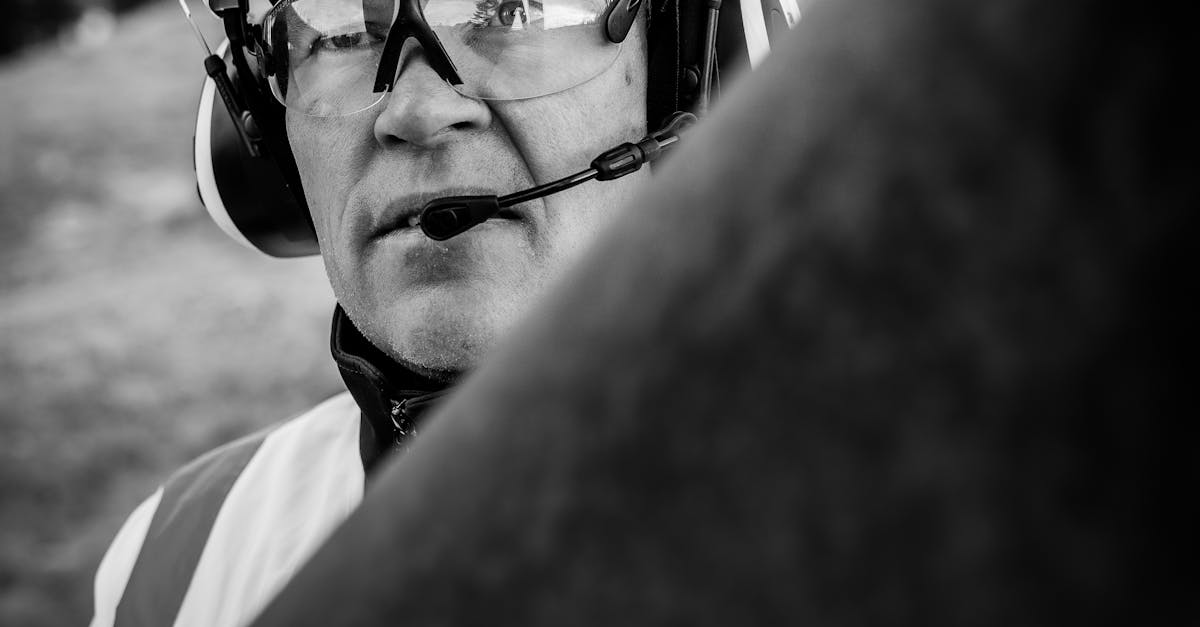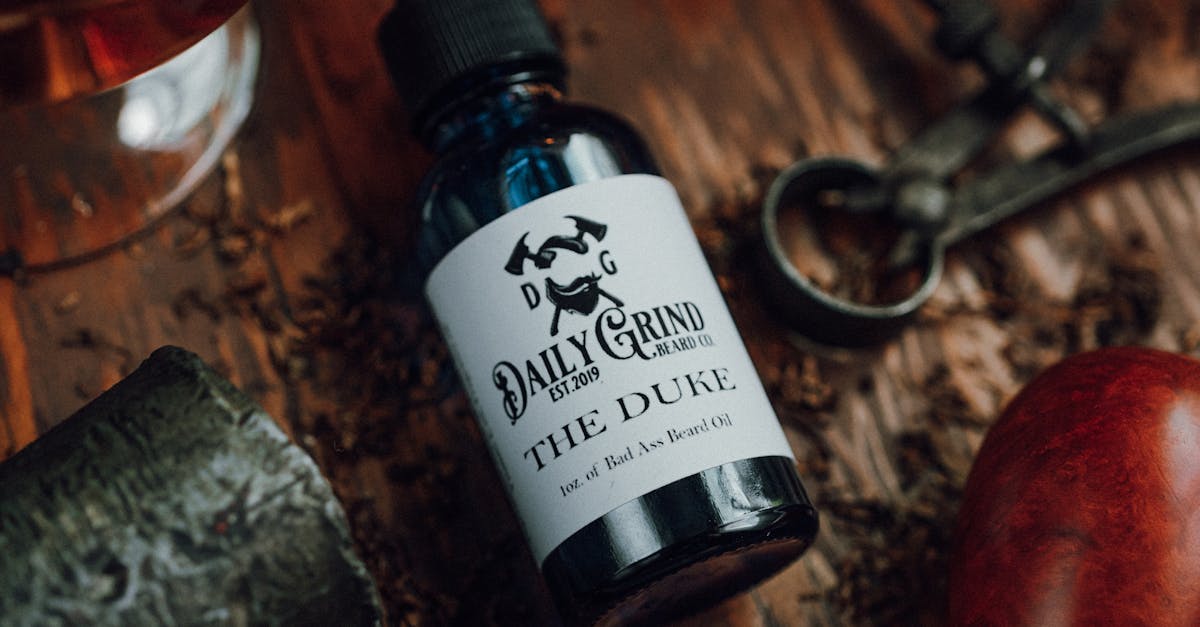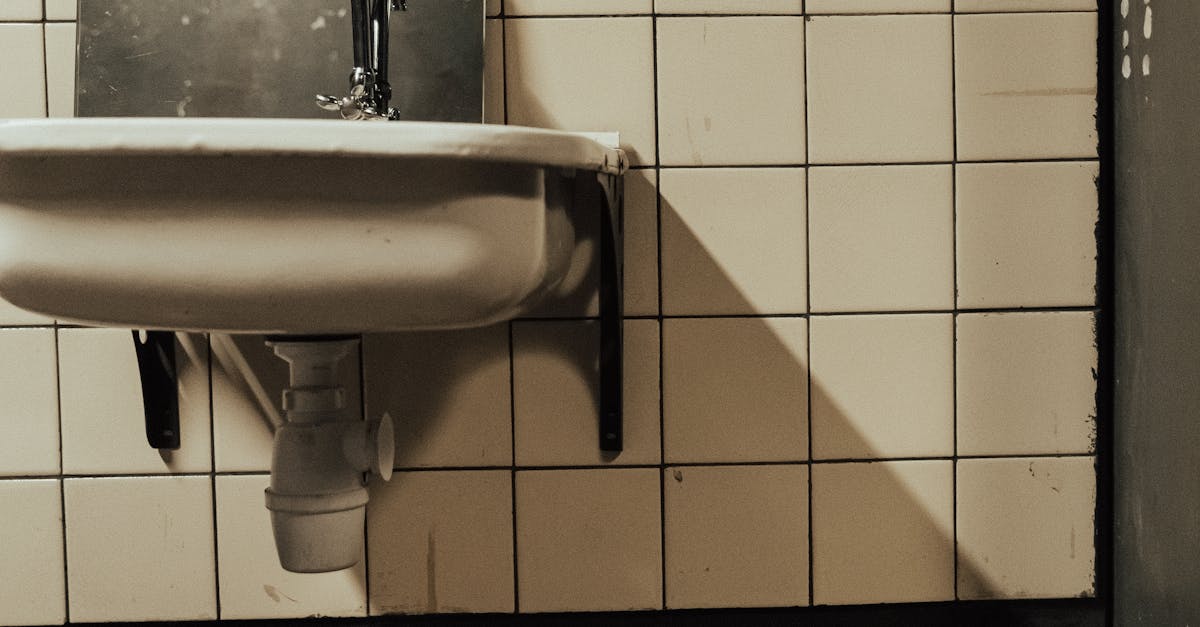
Table Of Contents
Applications of Pipe Lining
Pipe relining is increasingly employed in various sectors due to its efficiency and effectiveness in rehabilitating aged or damaged pipelines. This technique significantly reduces the need for excavation, making it ideal for urban environments where disruption must be minimised. Pipe relining is particularly advantageous in applications such as residential plumbing, wastewater management, and stormwater systems. By creating a new pipe within the existing pipeline, it enhances flow capacity and prolongs the life of the infrastructure.
Additionally, pipe relining is beneficial in scenarios where access to the original pipe is limited or where traditional replacement methods would be impractical. In commercial and industrial settings, the downtime associated with major excavations can lead to significant losses. Pipe relining offers a streamlined solution, allowing businesses to maintain operations with minimal interruption. This adaptability makes it a preferred choice for many infrastructure projects across Australia.
Where Pipe Lining is Most Effective
Pipe relining is highly effective in urban environments where existing infrastructure is ageing and prone to leaks. The process involves inserting a new lining within the existing pipe, creating a seamless barrier against water infiltration and structural deterioration. This method significantly reduces the risk of root intrusion and other blockages, which can lead to costly repairs. Areas with high groundwater tables also benefit from pipe relining, as it enhances the structural integrity of pipes while minimising excavation work.
Another application where pipe relining shines is in complex plumbing systems, such as those found in commercial properties or older residential buildings. It enables targeted repairs without the need for extensive digging, preserving both landscaping and surface structures. Pipe relining is particularly advantageous for hard-to-reach sections of the plumbing where traditional repair methods might not be feasible. Its versatility and efficiency make it an ideal solution for many situations where pipes require rehabilitation or repair.
Applications of Pipe Coating
Pipe coating is a protective layering applied to the exterior of pipes, preventing corrosion and extending their lifespan. This method is particularly useful in cases where pipes are exposed to harsh environmental conditions. Industries such as oil and gas, waste management, and water distribution frequently implement pipe coating to shield their infrastructure from potential damage caused by chemicals and moisture. Unlike pipe relining, which focuses on repairing the interior of existing pipes, pipe coating addresses external threats and enhances overall performance.
Ideal use cases for pipe coating involve pipelines operating in aggressive environments. Areas subjected to high levels of humidity, chemical exposure, or extreme temperatures benefit significantly from this application. Products may vary from thermoplastic coatings to more specialised epoxy compounds, each tailored to specific conditions. While the primary goal is to ensure durability and resistance against external forces, proper application techniques are crucial for achieving optimal results. Pipe relining remains a complementary solution when interior rehabilitation is needed, showcasing the distinction between these two methods in maintaining pipeline integrity.
Ideal Use Cases for Pipe Coating
Pipe coating is particularly effective in applications where the external surfaces of pipes need additional protection from environmental factors or chemical exposure. Industries such as oil and gas often use pipe coating to prevent corrosion and enhance the longevity of pipelines. Coatings can be tailored to suit specific conditions, ensuring that pipes can withstand harsh conditions while maintaining their integrity.
In contrast to pipe relining, which focuses mainly on the interior of pipes, pipe coating is ideal for treating the external surfaces. This method is commonly utilised in water treatment facilities, sewage systems, and industrial settings where piping may come into contact with aggressive materials. Coatings not only mitigate corrosion but can also provide increased smoothness, improving flow efficiency.
Cost Considerations for Pipe Lining
Cost considerations for pipe lining often include both the immediate expenses associated with the installation process and the long-term savings from reduced maintenance. The upfront costs can vary significantly based on the diameter and length of the pipes, as well as the extent of damage that requires remediation. While some property owners might initially find the costs daunting, it is essential to factor in the benefits of pipe relining, which can often eliminate the need for more invasive excavation methods.
Long-term, pipe relining can lead to substantial savings in maintenance and repair costs. This process not only extends the lifespan of the existing pipes, but also reduces the risk of future blockages and leaks. Additionally, many homeowners appreciate the minimal disruption associated with pipe lining, as it avoids the extensive restoration that can accompany traditional pipe replacement methods. Balancing these financial aspects can provide a clearer picture of the overall value offered by pipe relining solutions.
Understanding the Financial Aspects
When evaluating the financial aspects of pipe relining versus pipe coating, several factors come into play. Pipe relining typically involves a higher initial investment due to the need for specialised materials and advanced installation techniques. However, this method can significantly reduce future maintenance costs and minimise disruption to existing infrastructure, which often justifies the upfront expense.
On the other hand, pipe coating generally presents a lower initial cost but may not provide the same level of longevity and protection as pipe relining. Over time, if a coated pipe requires frequent repairs or replacements, the total financial burden may outweigh the savings incurred at the outset. Businesses must analyse their specific needs and consider the long-term benefits of each option to make an informed decision.
FAQS
What is pipe lining?
Pipe lining is a method used to repair existing pipes by inserting a liner into the damaged pipe and then curing it to form a new, durable interior surface.
What is pipe coating?
Pipe coating involves applying a protective layer to the exterior or interior of pipes to prevent corrosion, damage, and to enhance flow efficiency, typically using materials like epoxy or polyethylene.
When should I choose pipe lining over pipe coating?
Pipe lining is generally preferred for repairing damaged or deteriorating pipes, especially in cases of severe wear or blockages, while pipe coating is ideal for preventing corrosion and enhancing the lifespan of intact pipes.
How do the costs of pipe lining and pipe coating compare?
Pipe lining tends to be more expensive due to the complexity and materials involved in the repair process, while pipe coating can be more cost-effective as it typically involves less invasive application techniques.
Are there specific applications for pipe lining and pipe coating?
Yes, pipe lining is often used in sewer and drainage systems, while pipe coating is commonly applied in water supply, oil and gas pipelines, and industrial piping systems to protect against environmental factors.
